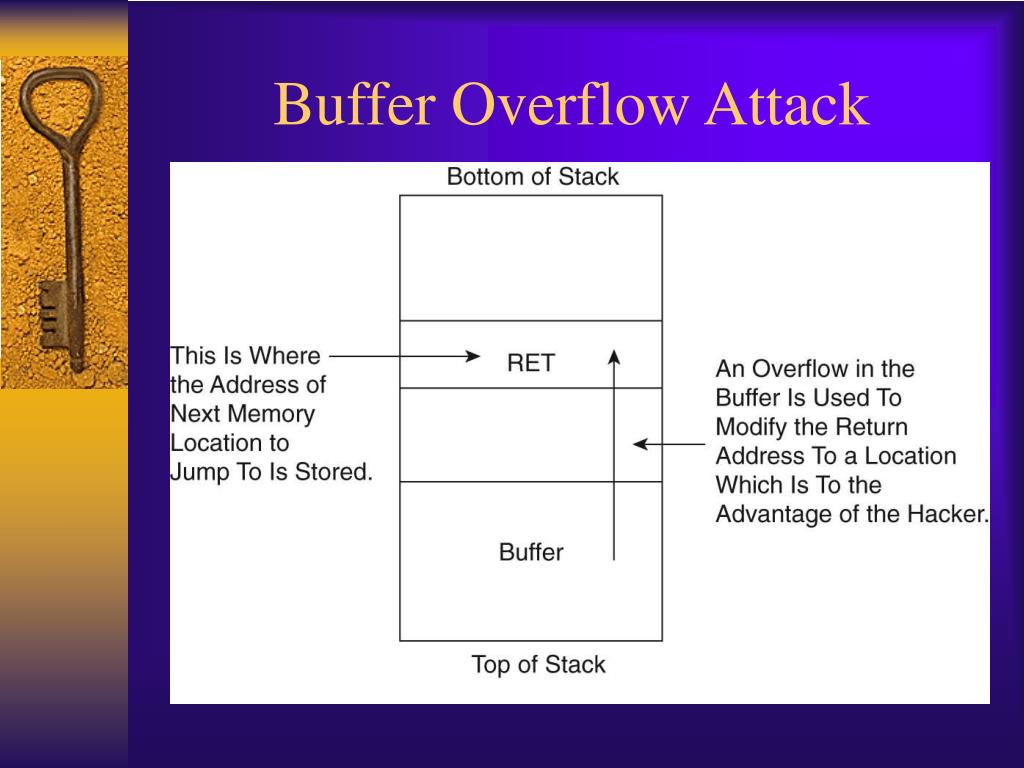

When a buffer overflow occurs, an attacker can exploit this vulnerability by deliberately providing more data than the buffer can handle. This extra data can overwrite adjacent memory locations, which can lead to various security issues. However, there are just too many places that buffer overflow attacks can occur in today's complex code, and stopping every single one of them is almost impossible.Ĭontinue reading here: Table 39 Web Applicationīuffer overflow is a common vulnerability in cybersecurity that occurs when a program or system attempts to store more data in a buffer (a temporary storage area) than it was designed to hold. The sad part is that buffer overflow attacks have been known for years. A web buffer overflow attack can be remotely launched by an attacker, and because port 80 traffic is permitted by the firewall, the attacker gets through and likely is successful. Most stateful firewalls, for example, permit or deny traffic at Layer 4.

This is primarily because of the damage they cause and the inability of most security technology to help. īuffer overflow attacks earn the highest threat score of any attack in this book. For more detail on buffer overflows, refer to the seminal work on the subject: "Smashing the Stack for Fun and Profit" by Aleph One, which can be found at the following address. If the vulnerable application runs as root, for example, a successful buffer overflow attack usually results in the attacker gaining root privileges.
#BUFFER OVERFLOW ATTACK IN NETWORK SECURITY CODE#
Unfortunately, if the application has a coding mistake, the 280 bytes can overrun other parts of memory and potentially execute code with the privileges of the original application. If the user instead sends 300 bytes, the application should drop the other 280 bytes. For example, a typical program might expect 20 bytes of input from the user for a particular memory address.

In short, they occur when an application developer fails to do proper bounds checking with the memory addresses an application utilizes. Critical application vulnerabilities check for the latestīuffer overflows are the most common form of application vulnerability.


 0 kommentar(er)
0 kommentar(er)
